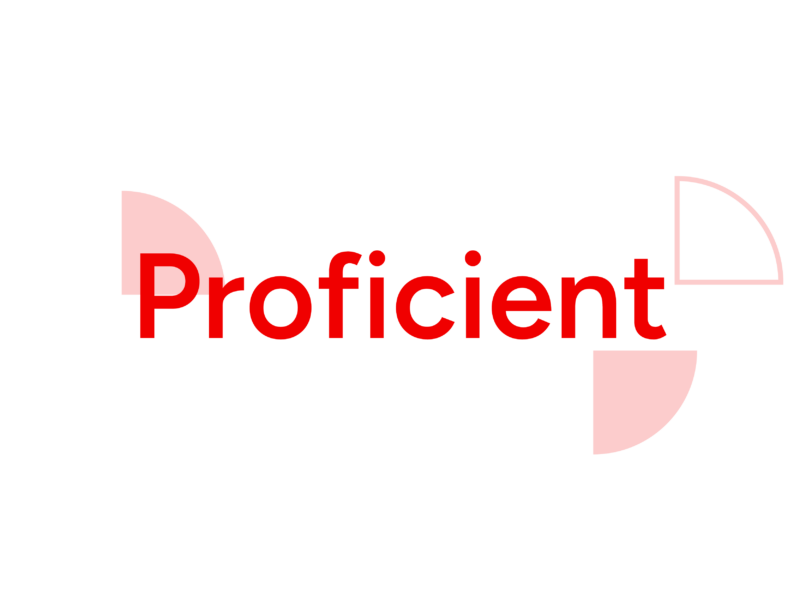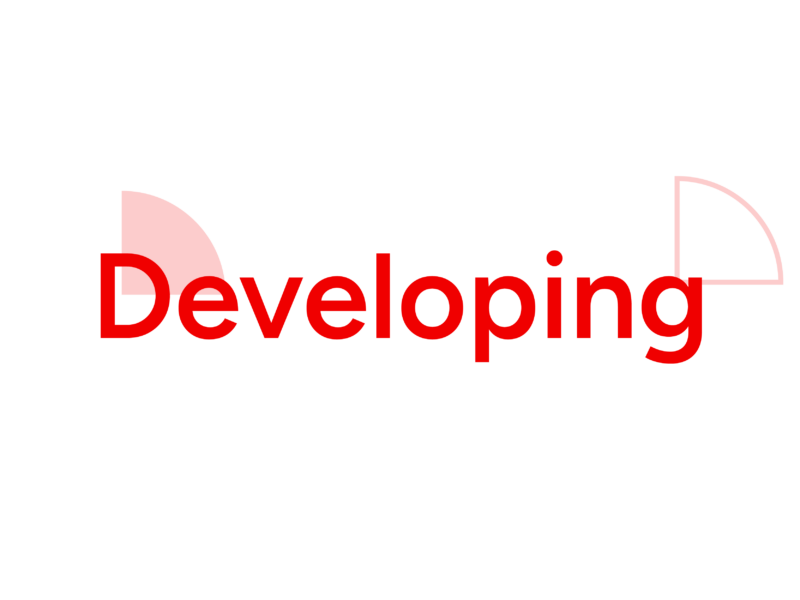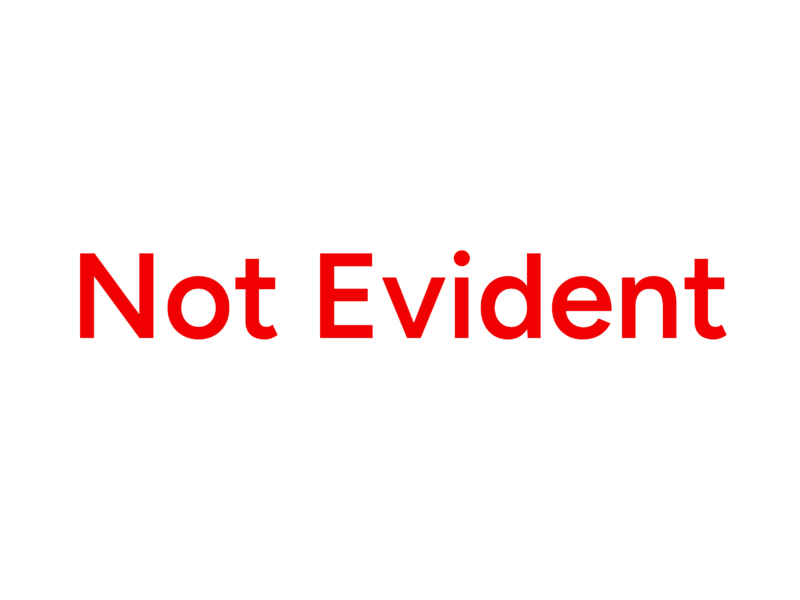Analysis Rubric
The ability to separate and organize complex topics or issues into their component parts, and through a systematic process, to identify and differentiate those components to gain an understanding of the topic or issue
Description
Analysis is used to break a complex problem, issue, or question into smaller parts to gain a better fundamental understanding of the whole. Analytical thinking begins with identifying the purpose and context of analysis. Analytic approaches have different strengths and limitations, and inherent values and biases that must be taken into account when selecting and applying the right one for a particular problem and context. This understanding is vital when making meaning from the results of the analysis, putting them in proper context, and understanding potential impacts.
A traditional rubric PDF for Analysis can be found here
Understand Purpose



Select Appropriate Mode(es)




Consider Ethical Implications

Critically examines how biases built into methods can harm or benefit, and how systems have created methods that have embedded consequences/values. Justifies the ethical dimensions of the decision to select a particular analytical method by articulating the tradeoffs. May redesign methods or systems to intentionally change consequences.


Apply Approach(es)




Examines Conclusion

Conclusion fully accounts for the evidence produced. Fully explains the significance and value of the result of the analytical process using the chosen method, including the consequences of the method’s strengths and weaknesses in the context of the overall analysis. Clearly identifies the limits within which the conclusions of the analysis can or should be applied.



